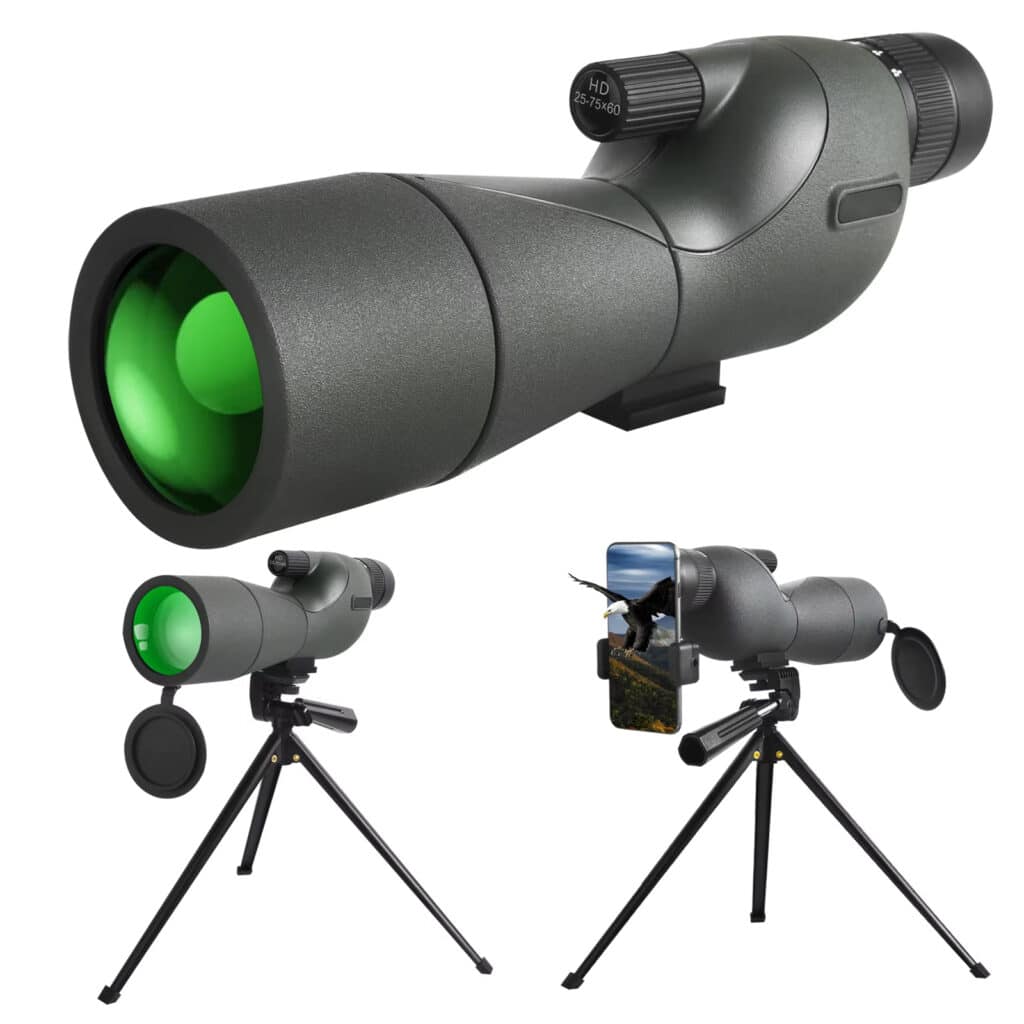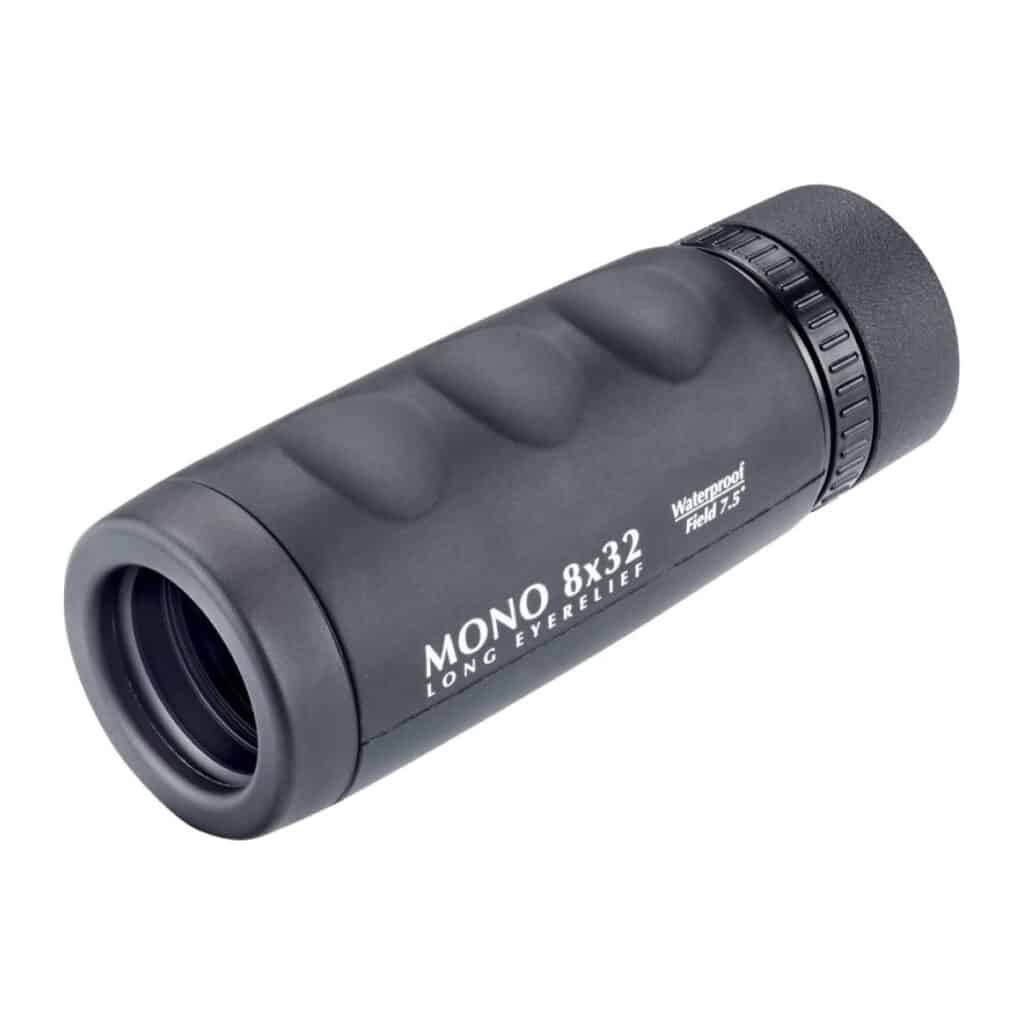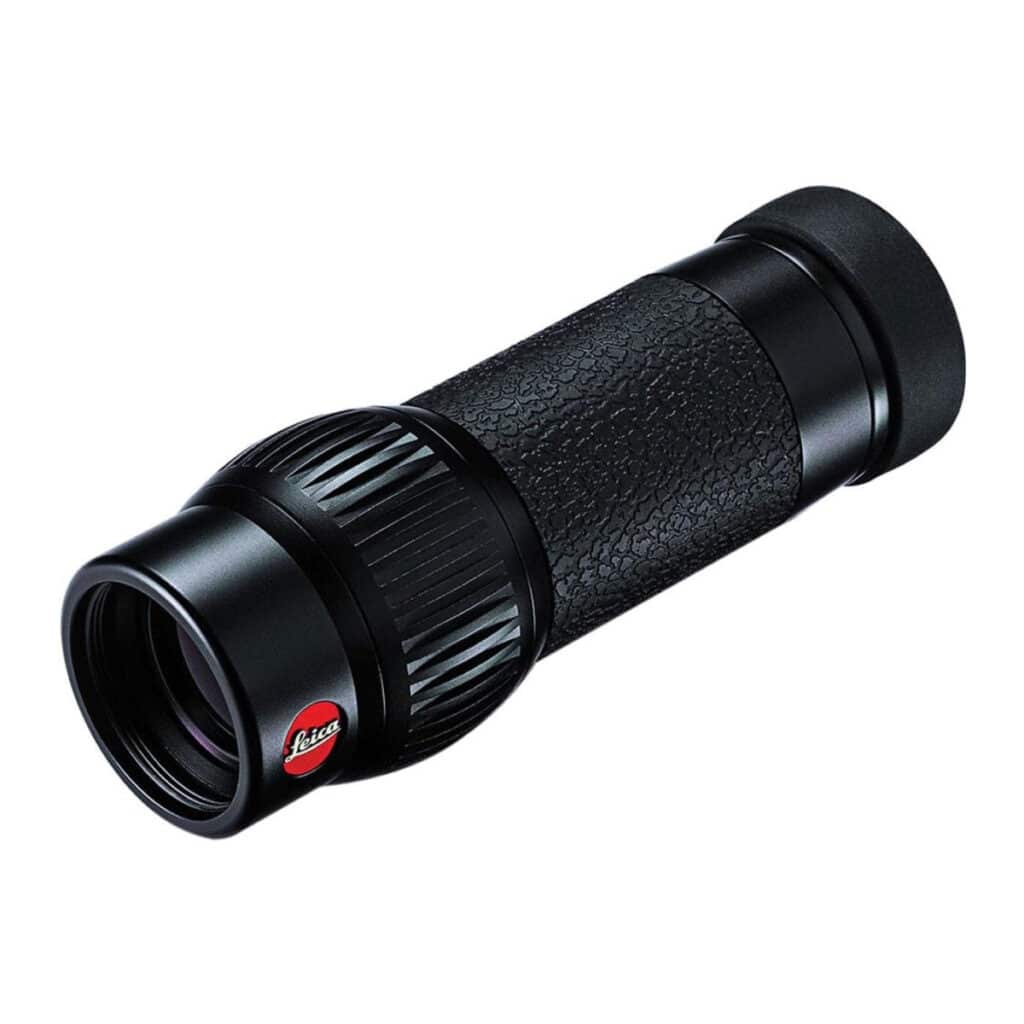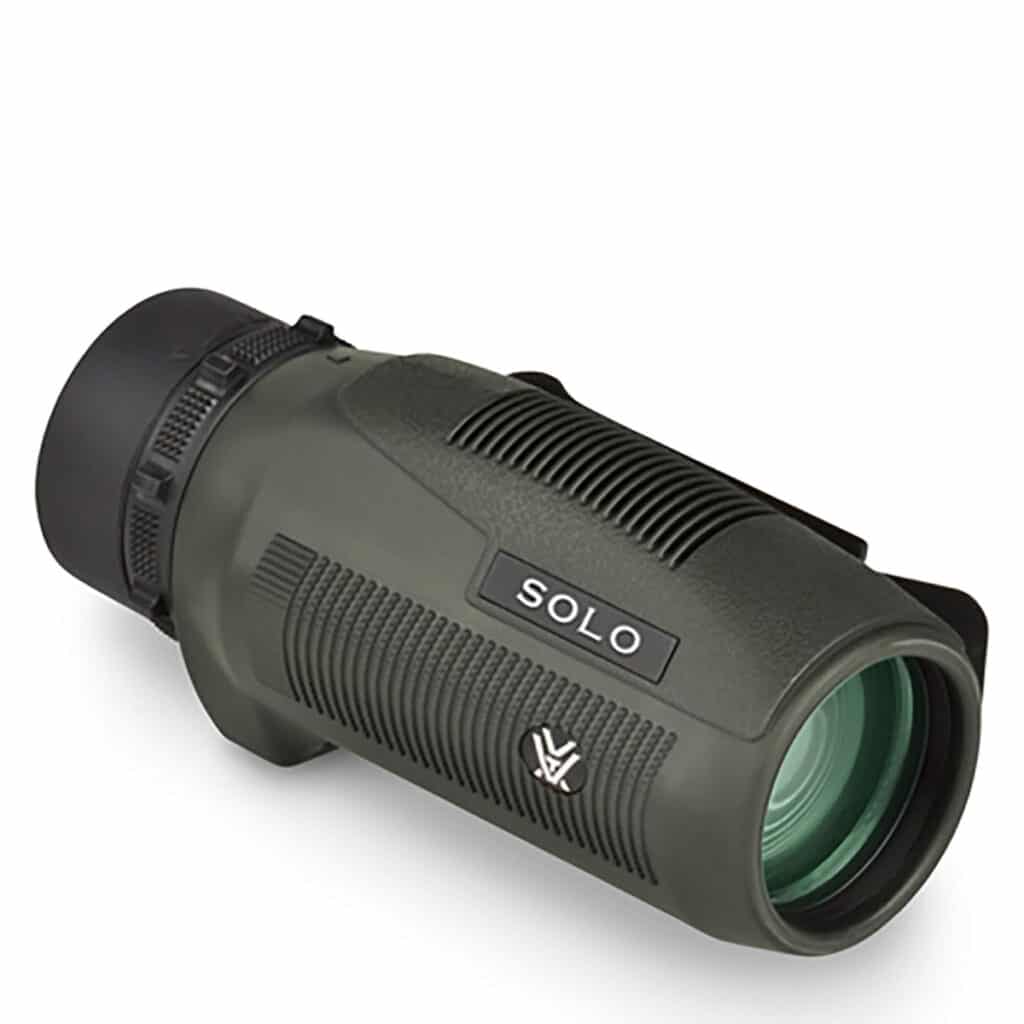The OrniLens v2 has revolutionized the bird watching landscape with unparalleled optical performance that outshines competitors across all price points. After testing it extensively across diverse habitats, I can confidently declare this the definitive monocular for serious bird enthusiasts seeking professional-grade observation capabilities.
What immediately distinguishes the OrniLens v2 is its exceptional 25-75x zoom capability that allows seamless transitions from wide scanning to intimate detail examination. During a recent coastal migration observation, I could track a flock of sandpipers across the 🔭 entire shoreline before zooming in to identify specific individuals without changing position.
The fully multi-coated 60mm objective lens delivers astonishing brightness even during challenging dawn conditions when many birds are most active. The superior light transmission became particularly evident during a foggy morning session where the BAK4 Porro prism construction revealed subtle plumage details on a distant hawk that remained invisible through companion optics.
Perhaps most impressive is how the nitrogen-filled waterproof construction has performed flawlessly through torrential downpours and extreme temperature fluctuations. After accidentally dropping the unit into shallow water during a swamp expedition, I was amazed to find it continued functioning perfectly—a testament to the manufacturer’s durability claims. The rubberized armor provides secure handling even with wet or 🌧️ gloved hands.
The included smartphone digiscoping adapter has proven remarkably effective for documentation purposes, allowing quick capture of identification evidence. Coupled with the precision-engineered tripod, the OrniLens v2 transforms from a handheld quick-reference tool to a stable observation platform within seconds.
The thoughtful inclusion of protective accessories extends the OrniLens v2’s practical field life, while the intuitive controls make operation natural even for beginners. After lending it to several novice birders, all reported dramatic improvements in both sighting frequency and identification confidence compared to their previous equipment.







